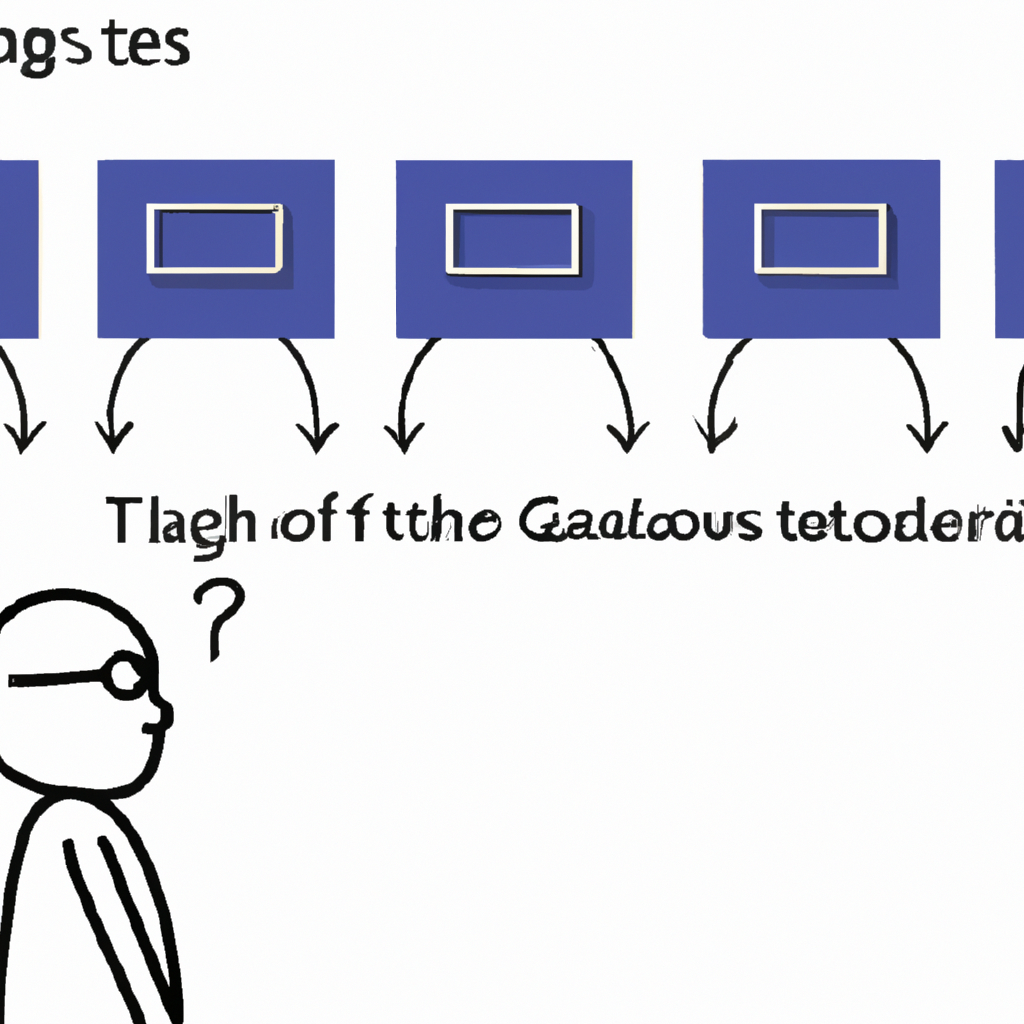The aerospace industry plays a crucial role in shaping the way we travel and explore the skies. One of the key areas of focus in this industry is flight control systems, which are responsible for ensuring the safety and efficiency of aircraft. With advancements in technology, the aerospace industry is continuously revolutionizing flight control systems, unleashing the power of circuits to enhance performance, reliability, and safety.

Evolution of Flight Control Systems
Flight control systems have come a long way since the early days of aviation. Initially, aircraft were controlled manually, requiring skilled pilots to manipulate mechanical controls. As technology progressed, mechanical systems evolved into hydraulic systems, providing more precise control. However, these systems were limited in terms of speed and complexity.
The breakthrough came with the introduction of electronic flight control systems (EFCS), which replaced the mechanical and hydraulic components with electronic circuits. EFCS offers numerous advantages, such as improved response time, reduced weight, and increased reliability. This marked a significant milestone in the aerospace industry, paving the way for further advancements.
The Role of Circuits in Flight Control Systems
Circuits form the backbone of modern flight control systems, enabling efficient and reliable aircraft control. These circuits consist of various electronic components, such as sensors, actuators, processors, and communication systems, all working together seamlessly to ensure optimal flight performance.
Sensors play a crucial role in gathering real-time data about the aircraft’s position, speed, altitude, and other important parameters. These sensors are connected to the circuitry, which processes the data and makes necessary adjustments to control surfaces, such as ailerons, elevators, and rudders. Through this integration of circuits and sensors, flight control systems can respond rapidly to changing conditions, providing a smooth and safe flight experience.
Advancements in Circuit Technology
As technology continues to advance, so do the capabilities of flight control systems. The aerospace industry is constantly pushing the boundaries of circuit technology to enhance performance and safety. Here are some notable advancements:
1. Fly-by-Wire Systems
Fly-by-wire (FBW) systems have revolutionized flight control by replacing traditional mechanical linkages with electronic circuits. These systems use digital signals to transmit control inputs from the pilot to the control surfaces. FBW systems offer numerous advantages, including increased stability, reduced weight, and improved fuel efficiency. Additionally, they allow for advanced flight control modes, such as autopilot and envelope protection.
2. Integrated Modular Avionics
Integrated modular avionics (IMA) is another groundbreaking advancement in circuit technology. IMA consolidates various avionics functions into a single integrated platform, reducing weight, complexity, and maintenance costs. IMA enables faster data processing, enhanced fault tolerance, and easier software updates by utilizing powerful processors and communication networks. This modular approach allows for easier customization and scalability, accommodating future upgrades and system expansions.
3. Fault-Tolerant Designs
Safety is paramount in the aerospace industry, and circuits play a vital role in ensuring the reliability of flight control systems. Fault-tolerant designs have become a standard practice, where redundant circuits and components are employed to mitigate the impact of failures. By implementing redundant systems, flight control systems can continue to operate even in the event of a failure, providing a high level of safety and redundancy.
4. Artificial Intelligence and Machine Learning
Artificial intelligence (AI) and machine learning (ML) are rapidly transforming various industries, and the aerospace sector is no exception. These technologies have the potential to revolutionize flight control systems by enabling autonomous decision-making and adaptive control. By analyzing large amounts of data and learning from past experiences, AI and ML algorithms can optimize flight performance, predict failures, and adapt to changing conditions in real time.
Conclusion
The aerospace industry’s relentless pursuit of innovation has led to remarkable advancements in flight control systems. Through the power of circuits, aircraft can now achieve unprecedented levels of performance, reliability, and safety. The evolution of flight control systems from mechanical linkages to electronic circuits has revolutionized the way we fly, enabling us to travel faster, farther, and with greater efficiency. As technology continues to progress, we can expect even more exciting developments in the field of aerospace and flight control systems, further pushing the boundaries of what is possible in the world of aviation.





